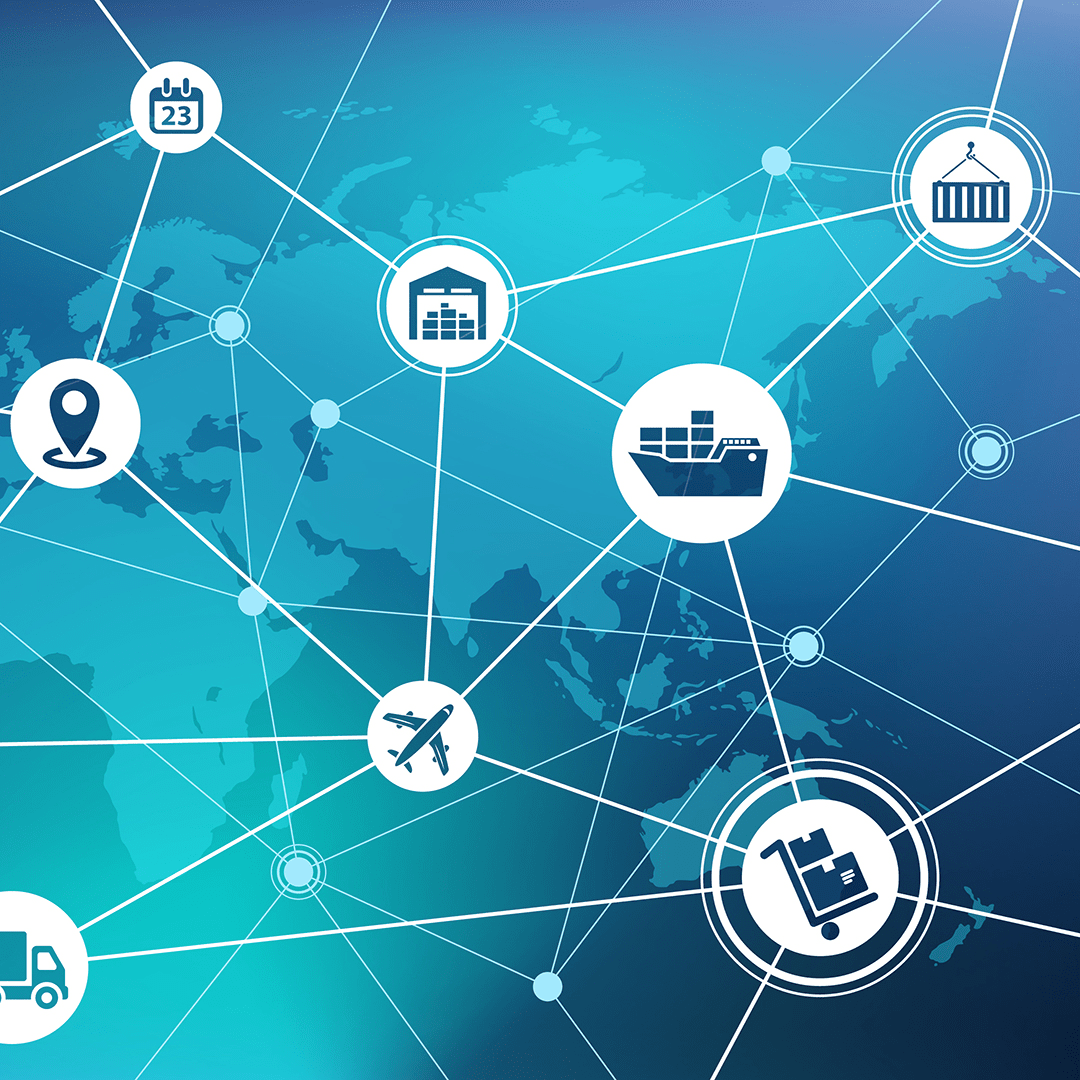Harnessing Climate Risk Intelligence

Climate resilience planning: 5 key multi-market benefits
Your people, assets, infrastructure and business continuity are already at risk from climate change. To build a response that protects your organisation, you need climate risk intelligence: the insight that enables you to understand climate risk and take action to mitigate it.
While climate resilience strategies vary hugely – by sector and organisation – there are recurring themes. In this article, we explore the ways in which different markets are benefitting from climate risk intelligence – giving you inspiration to inform your resilience planning.
1 – Understanding current and future climate risk to the organisation
Understanding and quantifying climate risk exposure is central to your ability to develop a resilience strategy. To do this effectively, you need accurate climate data. With detailed data encompassing 19 hazards in every location worldwide, Twinn helps you quantify and understand your risk exposure – now and into the future.
Considering the full range of emissions scenarios and outcomes across a range of time epochs, Twinn makes it easy to identify and compare risks across multiple assets or geographical locations, whatever sector you’re operating in. For instance:
- Financial services – partnering with Hometrack Data Systems, we provide specialist flood data and support that gives mortgage lenders clarity on current and future risk exposure for individual properties
- Utilities – Anglian Water used Twinn data to identify assets most at risk from flooding – enhancing its understanding and using the information to inform business planning
- Energy – We help the energy sector obtain risk scores for future as well as current scenarios, delivering a deep understanding of climate risk exposure across assets, networks and supply chains


2 – Meeting regulatory requirements
From the Climate Biennial Exploratory Scenario (CBES) to the PRA Supervisory Statement SS3/19, the FCA policy statement and the Bank of England’s regulatory drive, organisations are facing growing regulatory pressure on climate change.
To meet these obligations, corporations need to demonstrate climate resilience by quantifying current and future risk.
We’re members of TCFD and Climate Wise and involved in the Bank of England’s climate working group, adding an extra element of expertise when it comes to building effective climate resilience strategies that help you meet shifting regulatory requirements.
Here are a couple of examples:
- Financial services – The majority of the UK’s top 10 lenders use climate risk analysis tools powered by Twinn data to support compliance under the CBES
- Real estate – Conveyancers use Groundsure – which also relies on Twinn data – to obtain insight on future flood risks to properties in compliance with Law Society guidance
- Insurance – Organisations also use Twinn to streamline compliance and reporting. Integrating seamlessly with your systems, our solutions provide an in-built audit trail that simplify compliance processes – crucial in the insurance sector, amongst others – as outlined in challenge 2 of this impact story.
3 – Preparing and strengthening infrastructure
Once you understand both current and future climate risks facing your organisation, you’re better equipped to take mitigating action – including by ensuring your infrastructure has the resilience it needs to withstand shifting weather patterns and extreme events occurring at increasing frequencies.
Insurers and asset managers often focus exclusively on physical assets when developing climate resilience strategies. Yet by doing so, you risk missing the bigger picture. In fact, understanding where and how infrastructure is exposed gives you the power to unlock meaningful change.
We work with organisations across multiple sectors to prepare infrastructure for the changing climate. For example:
- Aviation – Our work with the aviation industry – including Schiphol Airport and the Civil Aviation Authority of Singapore – includes designing or reinforcing infrastructure to prevent future disruption
- Critical infrastructure – BT leveraged Twinn climate data to protect and future-proof its critical infrastructure from flood risk – maintaining its position as the UK’s leading network provider


4 – Supporting the transition to net zero
Reducing emissions in the drive for net zero is a priority for multiple sectors – and building climate resilience is a key factor in businesses’ ability to operate more sustainably.
With actionable insights, including those delivered by our climate data, Twinn helps you integrate sustainability into your operations – thereby reducing energy consumption and emissions.
For example, by blending technical and financial expertise with local knowledge and understanding, our consultancy service is helping the maritime sector ensure that ports are ready to face climate challenges.
5 – Informing decision-making to power growth
Organisations with access to a granular level of climate data – covering current and future scenarios – are able to integrate this knowledge into the decision-making process, taking action that predicts and prevents climate disruption.
And Twinn can help. Leveraging our climate risk intelligence expertise and data, we help organisations across sectors from aviation to financial services and energy build climate resilience and power sustainable growth.
- By combining traditional solutions with data, we give water utilities the ability to drive climate resilience in water management
- Understanding climate risks and their impact on property portfolios has enabled mortgage lenders to quantify exposure – helping to protect mortgages of more than 5 million UK households
- As recounted in this impact story, Twinn high-resolution hazard data has enabled one leading UK insurer to expand into the home insurance market – and another experience a decrease in flood losses
- Delivering real-time and long-term insights, we give property developers insight into the effects of climate risks including floods, storms, extreme heat and coastal erosion – informing decision-making for new constructions and protecting current ones

Whether you’re in energy, utilities, financial services, real estate, maritime or aviation, Twinn gives you the data to power your climate resilience journey – equipping your organisation for future successes even as climate change accelerates.
Assess your climate risks with Twinn
You may understand how your business impacts the climate. But do you understand how climate change impacts your processes and operations?
Twinn’s free Climate Risk Quick Scan gives you actionable insights on how natural hazards and severe weather affect your organisation’s physical assets worldwide, today and in the future.
